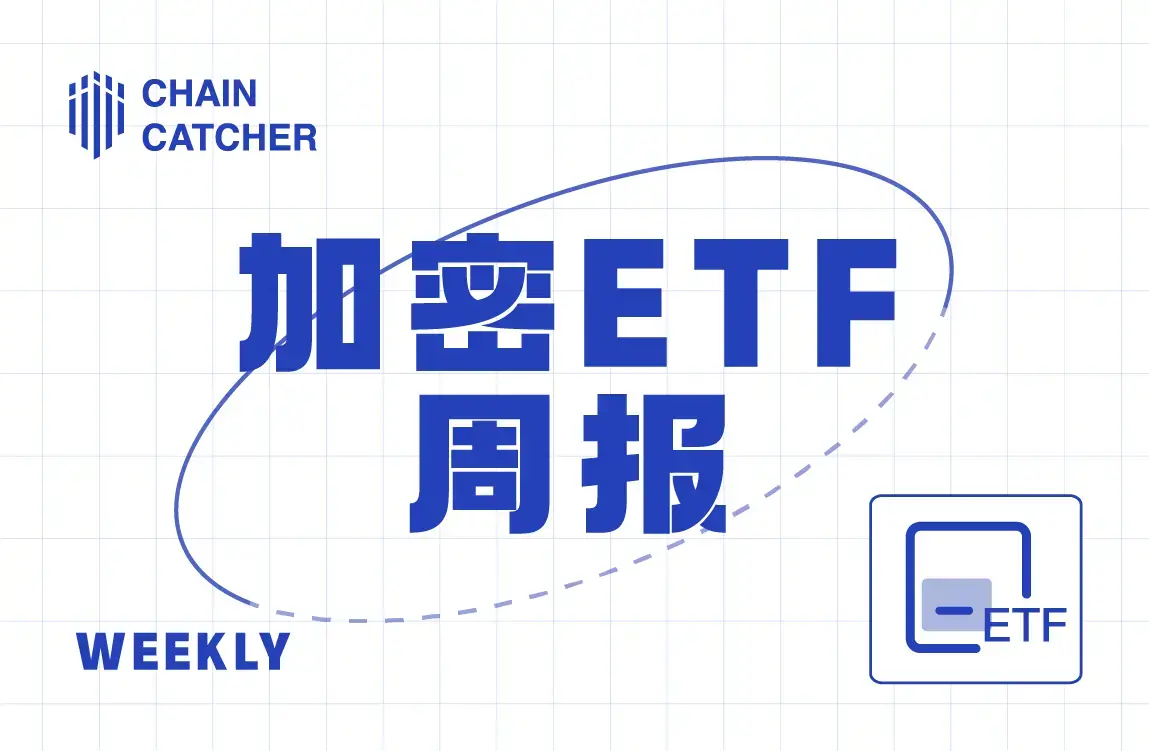What are the money-making strategies of Grayscale? Despite high fees and over 18.6 billion in outflows, it still ranks second among Bitcoin spot ETFs
Author: Nancy, PANews
As the market size continues to grow, the capital movements of Bitcoin spot ETFs have become an important indicator for market observation, with strong capital inflow trends injecting a boost into the industry. Among these ETFs, despite Grayscale facing ongoing controversy due to capital outflows, its asset management scale remains a leading advantage compared to the much lower fee GBTC.
In this article, PANews will interpret the deeper reasons behind Grayscale's significant capital accumulation from the perspectives of investment returns, liquidity, price differences, and taxes. It is important to note that as the fee reduction periods for ETFs such as FBTC, ARKB, BITB, BTCO, and EXBC approach, it may have a certain impact on market competition.
GBTC cumulative net outflow exceeds $18.6 billion, Grayscale seeks to split ETF to alleviate fee pressure
Since converting to a spot ETF in January 2024, Grayscale's GBTC has faced capital outflows. SoSoValue data shows that as of July 11, the historical net outflow of GBTC has reached $18.66 billion, a figure that is not far off from BlackRock's total net inflow.
Behind Grayscale's large capital outflows, in addition to investors taking profits, fees are also a significant reason. Compared to issuers like BlackRock, Fidelity, and Bitwise, which have management fees at or below 0.25%, GBTC's fee rate is 1.5%. Even before the SEC approved Bitcoin spot ETFs in the U.S., the other 10 ETFs reduced their fees to attract investors, but GBTC did not make any adjustments.
For cost-conscious investors, GBTC is not attractive at all. In response, Grayscale CEO Michael Sonnenshein explained that given the fund's scale, liquidity, and strong performance over the past decade, GBTC's fees are reasonable. Messari co-founder Dan McArdle also speculated, "The simplest explanation is perhaps the most likely. For example, Grayscale may have considered all factors and keeping high fees could help them earn more money. They likely calculated how much percentage of funds would flow out based on such high fees and how much percentage would continue to stay for years."
However, to cope with competitive pressure from fees, Grayscale has also applied for a mini version of GBTC with a fee of only 0.15%. Grayscale will inject over 63,000 Bitcoins into the Mini Fund, accounting for about 10% of GBTC's existing assets. Additionally, to retain existing investors, the mini version of GBTC allows them to transfer to the new fund without paying capital gains tax.
In addition to Bitcoin spot ETFs, Ethereum spot ETFs, including Grayscale's, may also be launched soon, with Bloomberg ETF analyst Eric Balchunas predicting that the SEC may approve them on July 18. However, regarding fee issues, Grayscale has not disclosed any information in the submitted S-1 amendment documents for the Ethereum spot ETF and Ethereum mini trust. Industry predictions suggest that management fees are used by issuers to cover the fund's maintenance costs, such as marketing expenses, salaries, and custodial services, with most Bitcoin spot ETF issuers choosing fees between 0.19% and 0.3%, and Ethereum ETF issuers may follow suit.
671 listed institutions involved, these factors may become the main driving force for holdings
Despite GBTC facing capital outflows in recent months, its market size remains considerable among many competitors. SoSoValue data shows that as of July 11, GBTC's net asset value still reached $15.65 billion, accounting for about 30.9% of the total size of Bitcoin spot ETFs, second only to the old money player BlackRock.
According to PANews statistics, among the Top 5 Bitcoin spot ETFs, GBTC has 671 holding institutions, far exceeding other ETFs. Fintel data shows that listed companies holding GBTC include asset management giants SIG, asset management firm Horizon Kinetics Asset Management, Wall Street giant Morgan Stanley, and top hedge fund Millennium Management, among others. These institutions collectively hold over 7,735 shares of GBTC, currently valued at nearly $3.94 billion.

Below, PANews compares the market performance of the Top 5 Bitcoin spot ETFs to explore the multiple advantages of Grayscale's GBTC in the ETF battle.
User base under first-mover advantage
Compared to other Bitcoin spot ETF issuers, Grayscale's GBTC debuted in 2013, enjoying a lead of over ten years and a relatively deep user base. During this period, the high premium (over 43% at its peak) also attracted arbitrageurs, and the significant discount of GBTC (over 48% at its peak) eventually narrowed, earning the trust of many investors. Moreover, early holders received extremely high investment returns. According to Google Finance, as of July 11, GBTC has increased by 9,325.9% to date.
Investment returns and downside protection
Return rates and risk control are important factors for investors to consider. In terms of investment returns, since its listing on January 11, 2024, the average return rate of the top five Bitcoin spot ETFs is 25.7%, with GBTC's increase reaching 38.2%, leading over IBIT, FBTC, ARKB, and others. The average maximum drawdown rate for these ETFs is 22.7%, with no significant differences in risk resistance among them.
Liquidity and demand performance
Liquidity is somewhat correlated with product scale, and the level of liquidity affects the convenience and cost of trading for investors. The larger the market capitalization, the better the liquidity, and the smaller the price impact caused by trading. VettaFi data shows that the average monthly trading volume of the Top 5 Bitcoin spot ETFs is $287 million, with IBIT, FBTC, and GBTC above the average level. Although GBTC ranks third with $233 million, the top two, BlackRock and Fidelity, have a reputation and rich resources in traditional finance, making their Bitcoin ETF products more likely to gain trust from outside users. Additionally, the bid-ask spread is an indicator of asset supply and demand, with an average spread of 0.04% for these ETFs, where BlackRock's is 0.02%, lower than other ETFs.
Potential tax issues
While the launch of Bitcoin spot ETFs provides more investors with a more convenient and secure investment avenue, capital gains tax must also be paid, with the specific tax rate depending on the investor's holding period. This also means that GBTC holders need to weigh the trade-off between fees and capital gains tax.
Previously, Shehan Chandrasekera, the tax director at CoinTracker, explained that if Bitcoin ETF assets are sold before being held for a year, the resulting short-term capital gains will be subject to ordinary income tax, with rates potentially ranging from 10% to 37% based on overall taxable income and filing status; if ETF assets are sold after being held for more than 12 months, long-term capital gains will be subject to capital gains tax, with rates potentially being 0%, 15%, or 20%; if income exceeds a certain threshold, in addition to the aforementioned capital gains tax, an additional 3.8% tax may also apply.










